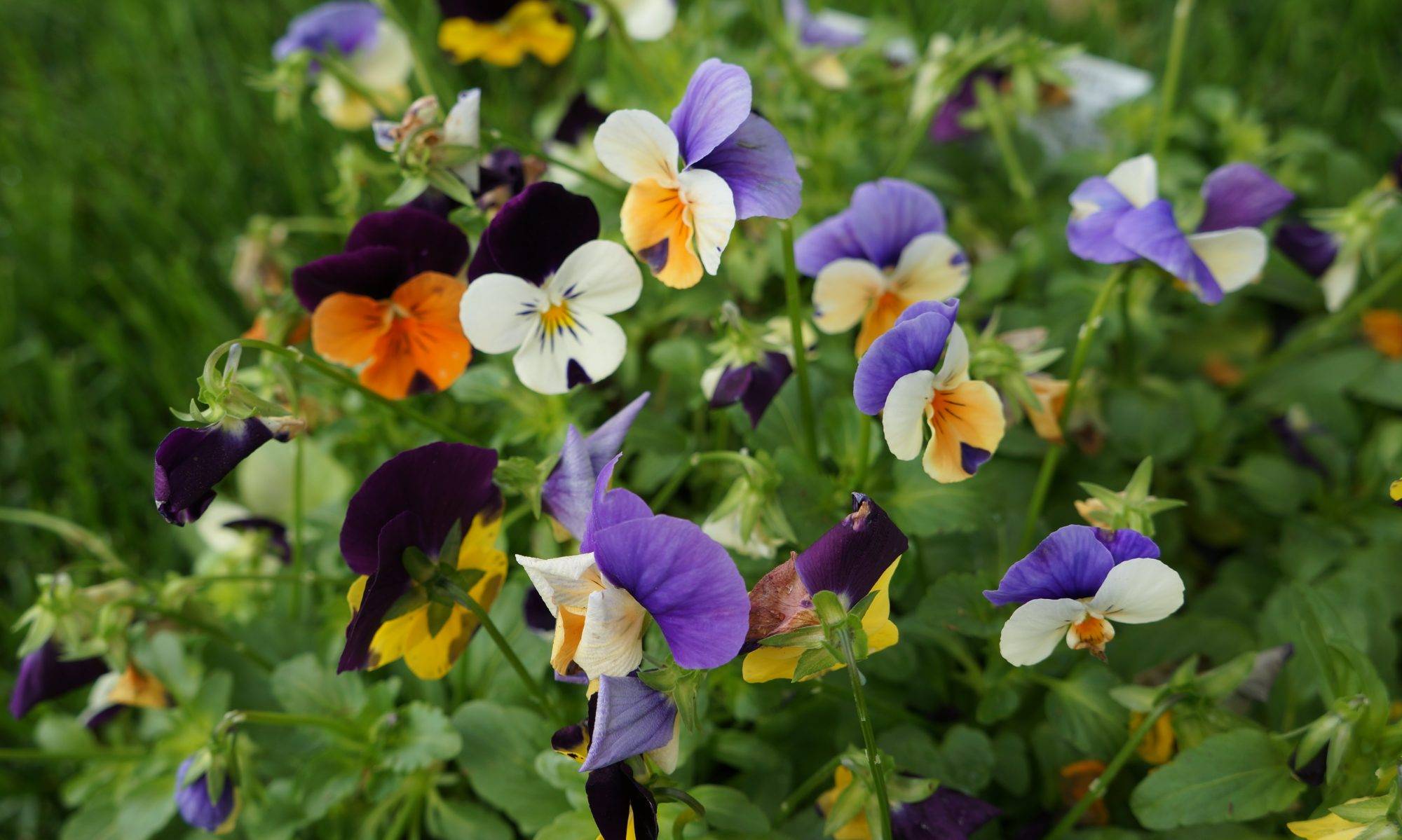Lift and divide perennial plants now to improve their vigor and create new plants for your garden.
Divide Hostas before they come into leaf.
You can start to move evergreen shrubs and trees now provided the soil isn’t frozen or waterlogged.
Plant summer-flowering bulbs such as Lilies, Gladiolus and Ranunculus into beds, borders and containers.
Feed trees, shrubs and hedges with a balanced, slow-release fertilizer by lightly forking it into the soil surface. Roses are greedy plants and will greatly benefit from feeding as they come into growth.
Continue to plant herbaceous perennials.
Forced flower bulbs such as hyacinths and daffodils, which have now finished flowering, can be planted outdoors in garden borders..
Hardwood cuttings taken last year may need planting or potting now.
If any of your garden plants will need supporting this year, add the supports now so the plants grow up through them. Adding supports afterwards is difficult and may damage the new growth.
Tie in climbing and rambling roses to their supports.
Honeysuckle and Clematis will now be putting on growth, tie in new stems to train the plant along its support.
Check any tree ties to make sure the tie is not cutting into the trunk. Loosen any that are tight to allow the trunk room to expand.
Prune your Penstemons now – cut all the old shoots back to the base provided there is new growth at the bottom of the plant. If there are no new shoots at the base, cut just above the lowest set of leaves.
If you haven’t done so already, finish cutting back any dead foliage left on your perennials and ornamental grasses to make way for new growth.
Prune Forsythia as soon as they have finished flowering, cutting back to strong young shoots.
Trim winter-flowering heathers as the flowers disappear, to prevent the plants becoming leggy.
Continue to remove any faded flowers from your winter pansies to stop them setting seed. This will encourage flushes of new flowers throughout the spring.
Deadhead daffodils and tulips as the flowers finish but leave the foliage intact allowing it to die back naturally.
Direct sow hardy annuals outside or in pots or modules.
Check that your container plants are not drying out – warm weather will quickly affect soil moisture levels.
Divide mature summer- and fall-blooming perennials when they are 4 to 6 inches tall. Do not divide day lilies (September), Oriental poppies (July), or iris (late July) at this time.
Fertilize spring-flowering bulbs with a granular 5-10-5 or 10-10-10 mix as new green growth emerges or when they finish flowering. Remove spent flowers but allow foliage to wither completely before removing. Divide clumps of older bulbs in need of rejuvenation. Replant in sunny spot and water in well. Bulbs prefer locations that are not heavily watered during their summer dormancy. Therefore do not overplant perennial bulbs with summer annuals.
If botrytis blight or bud blast was a problem with peonies last year, spray newly emerging plants with an approved fungicide when the plants are 2 to 4 inches tall. When peonies reach 10 inches, stake or hoop them to support their blossoms. Avoid overhead watering. If fungus persists, consider relocating peonies to a more open, full-sun site. Move plants in the fall.
If weeds were a problem last year, spread a pre-emergent weed control over lawn as weather and temperature permit. Alternatively, consider hand-pulling weeds or spot-treating weeds after they emerge with a post-emergent weed control. Serious infestations often require several treatments to control the problem.
